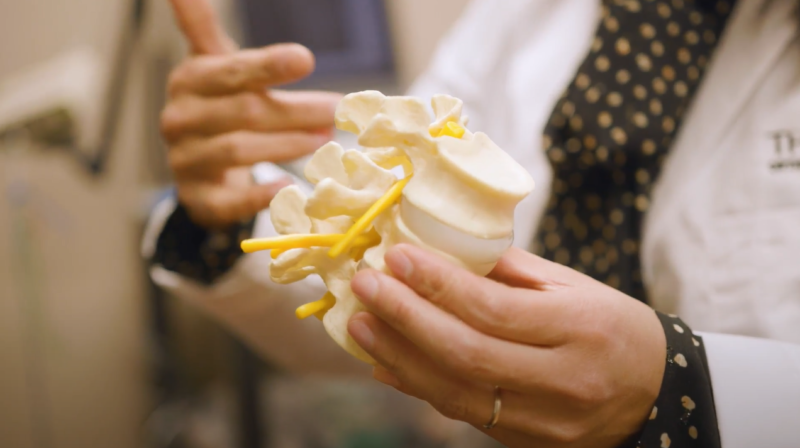
Spasticity is a common symptom in many neurological conditions, such as head injuries, spinal cord injuries, cerebral palsy, stroke, and MS. This condition affects more than 200,000 people in the United States per year, so it is important to understand proper management in order to alleviate or prevent symptoms.
WHAT IS SPASTICITY?
Spasticity refers to muscle tightness, stiffness, and cramping that causes sudden jerky movements or spasms. This is caused by damage to the nerves that controls the muscles and voluntary movements. Some conditions are more likely to cause spasticity than others, such as a traumatic spinal cord injury.
SYMPTOMS
When a spinal or brain injury occurs, the muscles may begin to weaken or go limp causing them to tighten over time. If your muscles stay tight for too long, we will begin to see other problems occur with movement, balance, posture, etc. Patients may experience spasticity in their entire body or just a few parts. This condition can also cause pain or problems sleeping.
DIAGNOSING
Spasticity usually involves an EMG test to examine whether the problem is a result from the nerves or muscles. X-rays or other imaging may be used to look for broken bones or blood clots that can make spasticity worse.
REHAB MANAGEMENT
There are many people involved in treating your spasticity, but the best place to start is with one of The Center’s physical medicine and rehabilitation providers. They will work with you to coordinate the best treatment plan for your spasticity. Learn more from neuro-rehabilitation specialist, Dr. Joy Perkey, in this short video covering spasticity management treatment options.
VIDEO TRANSCRIPTION
“Spasticity is when your muscles have increased tone, and either cause pain or are in a position that is not ideal.
Different ways to treat this are medications such as Baclofen or Tizanidine. There are injections such as Botulinum Toxin injections that can locally relax your muscles. Additionally, there are things such as Baclofen pumps, which is a medication that we place into the spinal canal to help decrease spasticity in the arms and legs.”





